Green clothing is taking over the runways worldwide—not only as a fashion statement but as a way of life. As global pollution and animal cruelty continue to be prevalent issues, consumers are increasingly motivated to adopt greener lifestyles and demand more environmentally-friendly and ethical choices in apparel.
Green Fashion has become a huge movement geared toward a greener future and healthier environment. It aims to promote a more mindful way of producing and consuming clothes and accessories that prioritise the protection of nature and animals.
It's no news that the fashion industry is one of the largest polluting industries in the world, responsible for 20% of global industrial water pollution. Despite its vast influence, the fashion industry has made significant changes in recent years to address global pollution and animal cruelty. These changes include embracing sustainable fashion and adopting greener practices.
The use of synthetic fabrics processed with heavy chemical agents has been declining over the years due to their harmful and lasting effects on the planet, human health, and animals. Quick progress is being made by textile industries in their efforts to reduce ecological damage and offer consumers more natural choices.

What is Green Fashion?
Green fashion refers to the practice of creating clothing, shoes, and accessories in ways that are environmentally and socio-economically sustainable. This approach aims to reduce the impact on the environment while also promoting a more sustainable pattern of consumption and use.
Green fashion brands prioritise both humans and the environment by manufacturing clothes in a mindful and sustainable way that minimises the environmental impact. The utmost goal is to embrace a fashion and clothing world which works without leaving a negative footprint.
Green fashion promotes sustainable manufacturing techniques that prioritise the use of natural fabrics such as hemp and natural dyes instead of toxic chemical dyes and avoids fertilisers, and pesticides made from petrochemicals. When these toxic chemicals are disposed of after use, they not only harm the environment but also pollute the air, soil, drinking water, and have a negative impact on wildlife and aquatic environments.
Why is Green Fashion Important?
1. Green Fashion Preserves Natural Resources
97% of what goes into manufacturing clothes are new resources, with only 3% of it being recycled materials. This sums up the annual resource input of 98 million tons – including oil to manufacture synthetic fibres, fertilisers to cultivate cotton, and a vast list of chemicals needed to dye & finish fabric.
Recycled fibres are indeed a more sustainable option, as they decrease the burden on virgin resources and fight the developing problem of waste management.
2. Green Fashion Lowers Your Carbon Footprint
The world's fashion industry contributes immensely to greenhouse gas emissions yearly, hence contributing greatly to global warming. Most of the clothes we wear are petroleum-based and manufactured from fossil fuels, including polyester, acrylic & nylon. These materials also employ more energy in the production stage than natural or recycled fibres.
Green fashion brands, on the other hand, use materials that are made from natural or recycled fabrics. They use less water, energy, and no fertilisers or pesticides. Organic fabrics such as Tencel, hemp, organic cotton, and linen are all biodegradable.
3. Green Fashion Saves Animals
It's no news that the fashion industry relies heavily on animal skins for the production of their fabrics. Many people believe that leather is the by-product of the meat industry, which isn’t exactly true. It’s estimated that the leather industry alone is responsible for the slaughtering of over 430 million animals per year.
Green fashion brands are embracing the use of cruelty-free leather alternatives, and these efforts are saving animals.
4. Green Fashion Is Healthier For The Planet & Humans
Fast fashion commodities always pass through an intense chemical process before ending up on our wardrobes. To dye, bleach, and wet process garments, over 8,000 different synthetic chemicals are used.
These chemicals are dangerous to the farmers, their communities and our own health. Hence, embracing green fashion can keep all of us and the planet healthy.
How to Shop for Green Fashion?
1. Find your Favourite Brands
Once you have found your favourite green fashion brand, shopping becomes easier and stress-free. However, if you are just starting your green closet, you may not be aware of many green brands.
That’s why Velvety is an ethical fashion marketplace featuring 100% green and ethical brands. You can purchase any garment you like with peace of mind, knowing that you are being a conscious consumer.
2. When buying clothes, prioritise comfort and versatility by selecting pieces that can be worn across seasons.
When you ethically buy clothes that you can wear any time of the year and over a long period of time, you are preventing items from gathering dust at the back of your wardrobe unused—and avoiding the need to buy more. You should also be confident that you will make the most of the clothes you want to buy before purchasing them, even if they are ethically made.
3. Look At The Label
Looking at the label of an item when you are shopping in physical stores is important, especially when you are looking for natural and green fashion wear or accessories.
With so many fast fashion retailers jumping on this trend, you may just be cajoled to buy a clothing brand that isn't sustainable, which is called greenwashing. For example, some brands might say an item is sustainable when it is only made up of just 20% sustainable materials. And remember that not all sustainable clothing brands are manufactured equally.
If an item is manufactured from a material you can’t pronounce, chances are it’s made from petrochemicals (such as Polyurethane).
Some Of Our Favourite Green Fashion & Beauty Brands
Armedangels
Butt Naked
Earth Positive
Earth positive is an ethically made brand in India that manufactures their garments using sustainable energy generated from wind and solar power. Earth Positive apparel was born to demonstrate the highest possible environmental, social, and ethical standards in the fashion industry. A single Earth Positive t-shirt saves around 7 kg of CO2, and a hooded sweatshirt saves up to 28 kg of greenhouse gases! 100% Sustainable clothing.
Global Organic Textile Standard (GOTS), Fair Wear Foundation FWF (FAIR TRADE) & Carbon Reduction Label (CO2).
Salvage
Salvage turns trash and forgotten materials into treasure by refashioning waste into an inspirational style. Salvage clothes are manufactured from 100% recycled materials. The cuttings from organic textile production are shredded and turned back into soft organic cotton fibres. Salvage garments are ethically made in India.
Ready To Embrace Green Fashion?
It’s time to realise that the impact of our buying decisions has a great impact on the future of our planet, humans and animals. In the end, only we can choose if we want to be part of the solution or the problem. Choose wisely. Buy Green Fashion today.

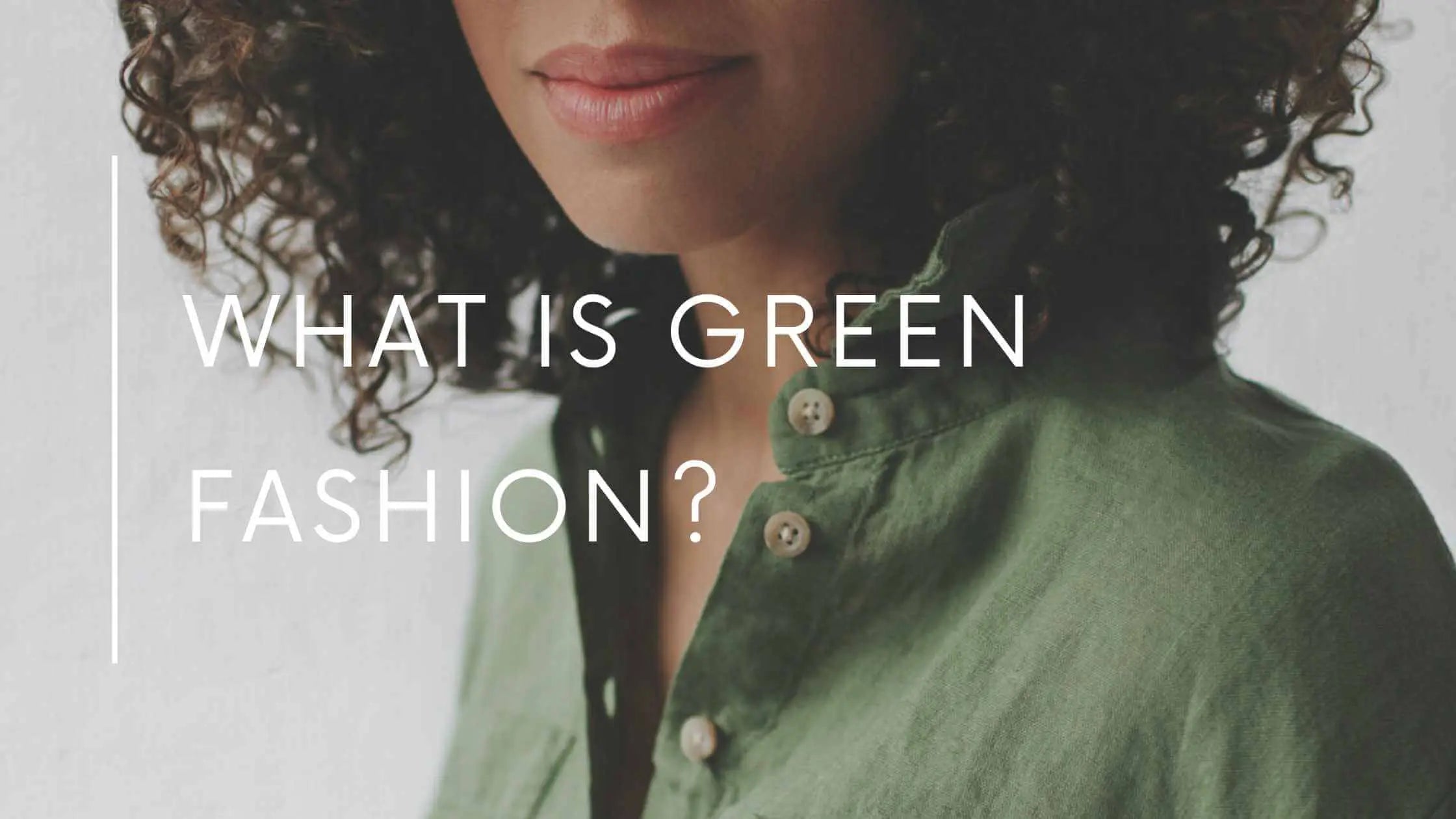

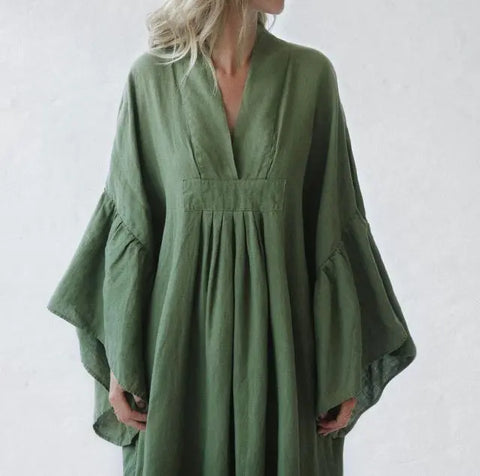





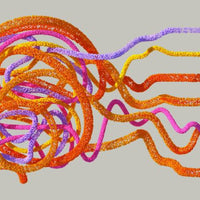
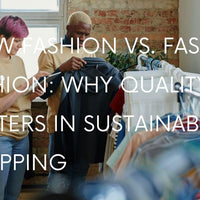
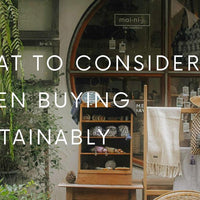
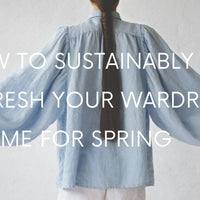
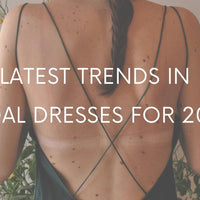
0 comments